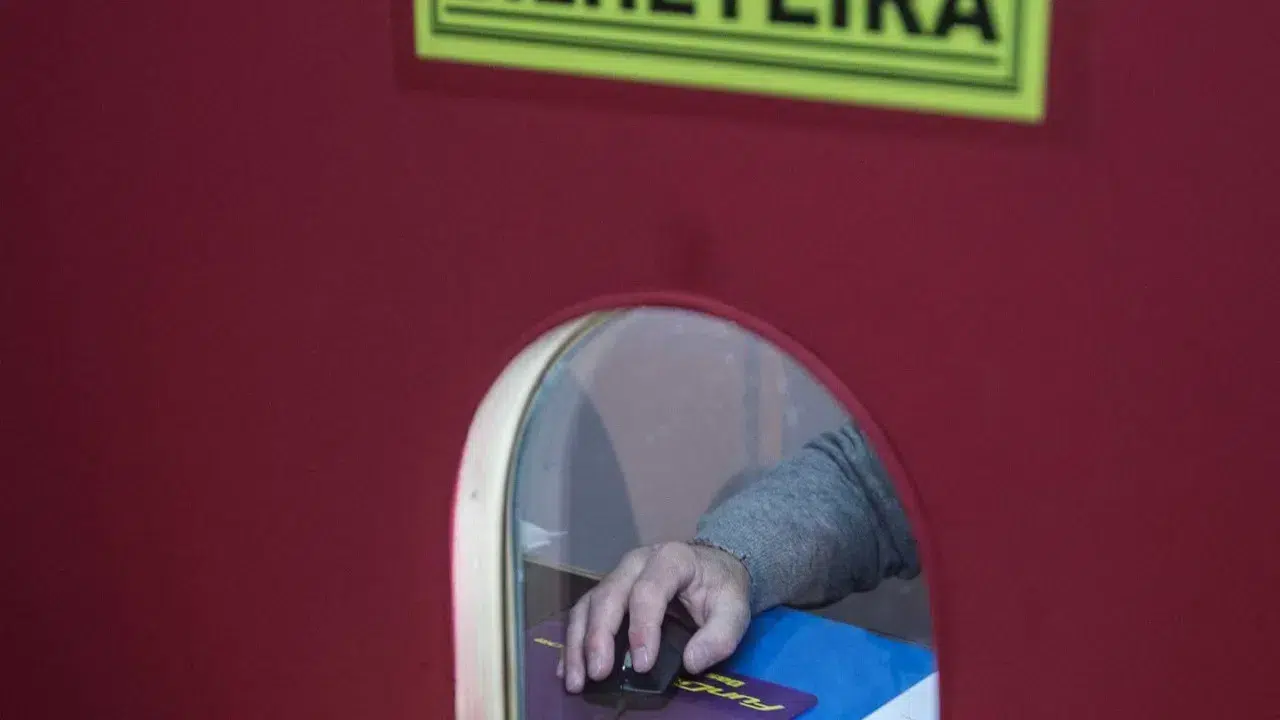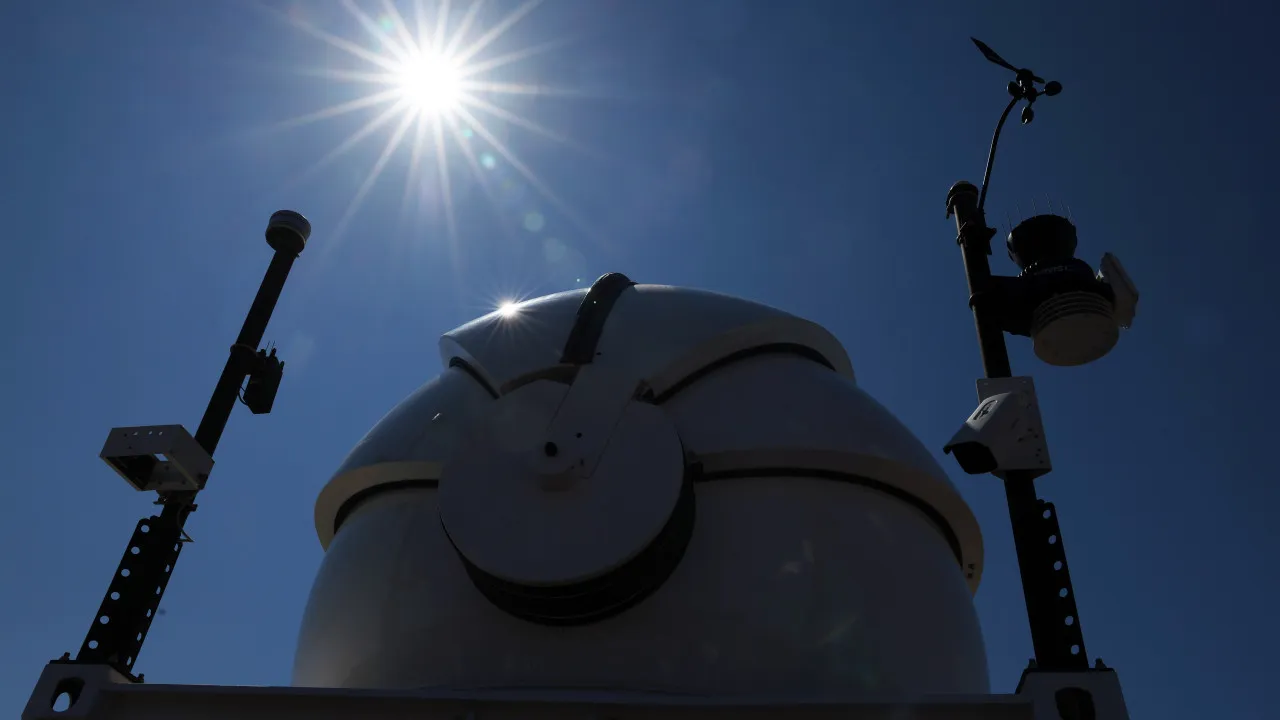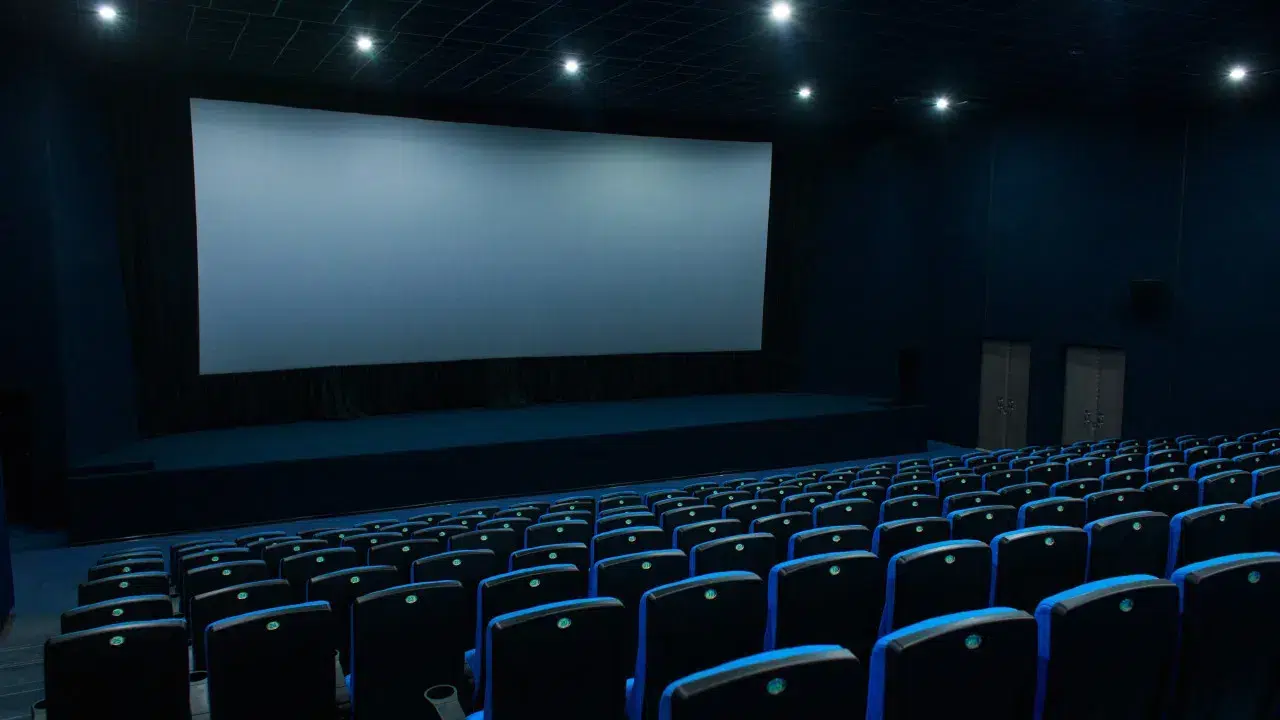
In a press release, UAU announced that the acquisition of this space, classified as of municipal interest by the Porto City Council, was formalized on August 7, with the rehabilitation project assigned to a consortium of architects comprised of Metrourbe and Arsuna.
The Cine-Teatro Vale Formoso spans an area of more than 4,200 square meters, including a main hall, a dining area, and a space to be transformed into a winter garden during the rehabilitation.
“The characteristic staircase of this space, as well as the Tower visible on the facade, will be preserved in this renovation,” the producer added.
In the press release, UAU’s general director, Paulo Dias, stated that the producer will continue to be a client of various cultural venues in Porto, and the acquisition of this space allows for a diversification of the city’s offerings.
“A major cultural space in the city will be reborn in Porto, which will soon become a reference for all audiences. UAU returns to the city an iconic hall, which now has a past, present, and future open to culture, companies, and tourism,” highlighted Paulo Dias.
In June, the city’s mayor, Rui Moreira, had already revealed that meetings were underway with the Tivoli’s management, and the Cine-Teatro Vale Formoso would resume operations.
In February 2022, the Cine-Teatro Vale Formoso and Group of Residences, in the Paranhos parish, were designated as a set of municipal interest.
The three properties were designated as of municipal interest “for their culturally significant value,” with the edicts published in the Official Gazette.
Porto City Council initiated the classification process of the Cine-Teatro Vale Formoso and Group of Residences in March 2021.
The cinema hall was inaugurated in 1949 and quickly became a landmark in the city throughout the 1950s and 1970s, although it closed in the 1990s.
The classification of this set is “an asset, as a testimony illustrating the socio-cultural and political concepts of the 1940s Portuguese decade, transcending the neighborhood cinema scale, and acquiring presence in Porto’s collective memory.”




